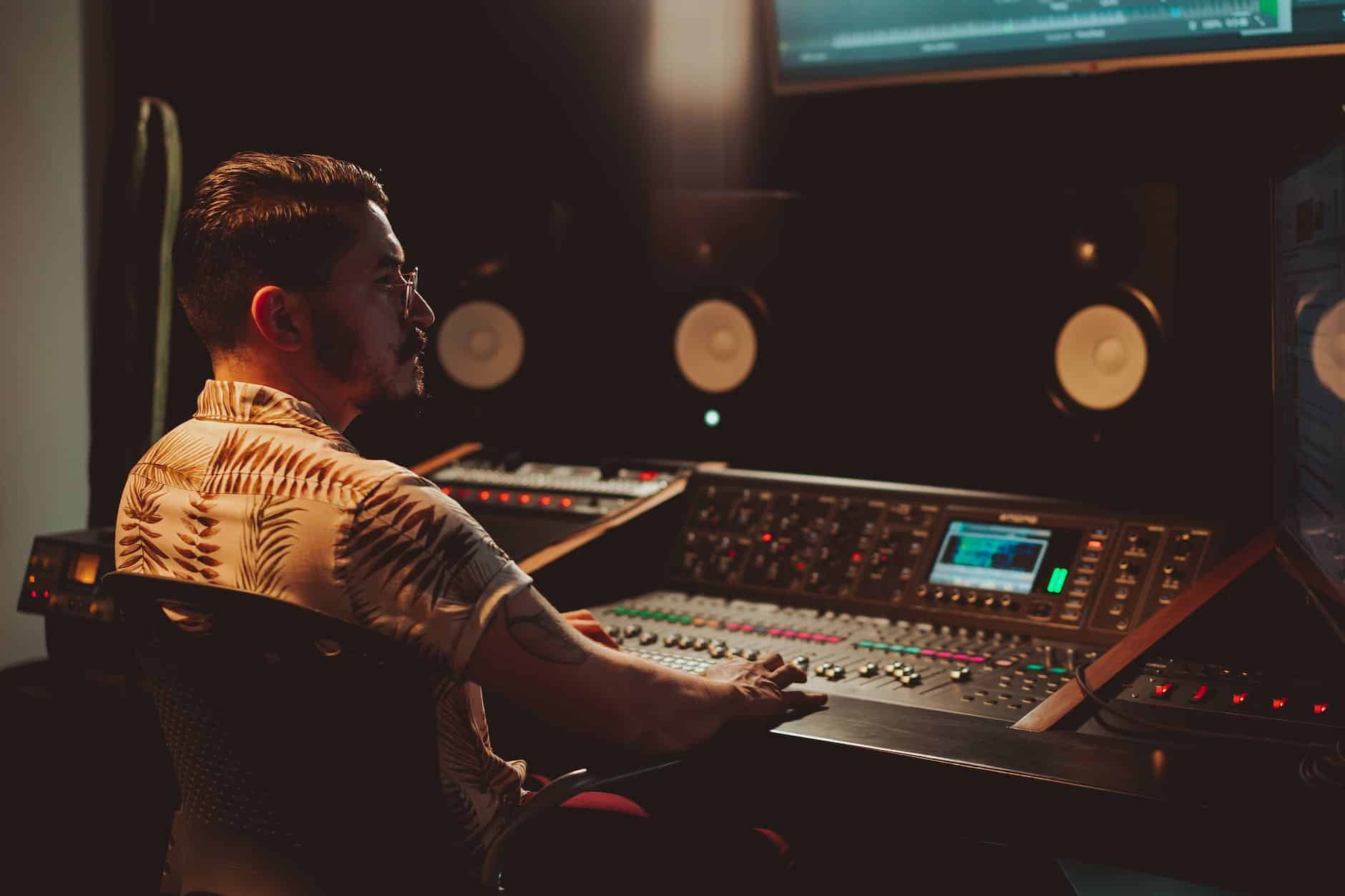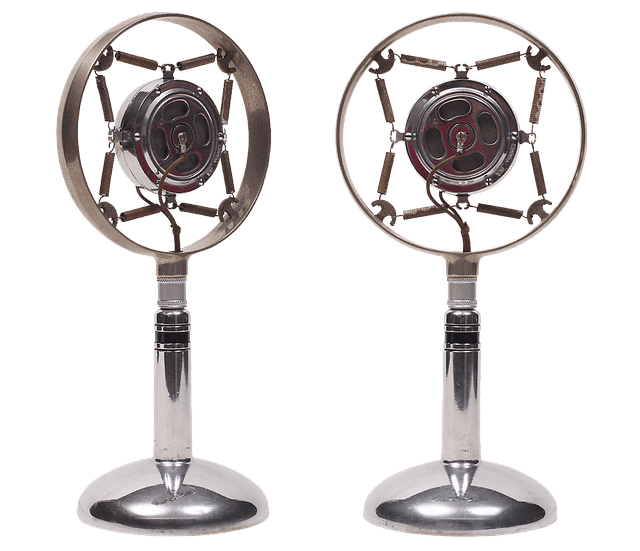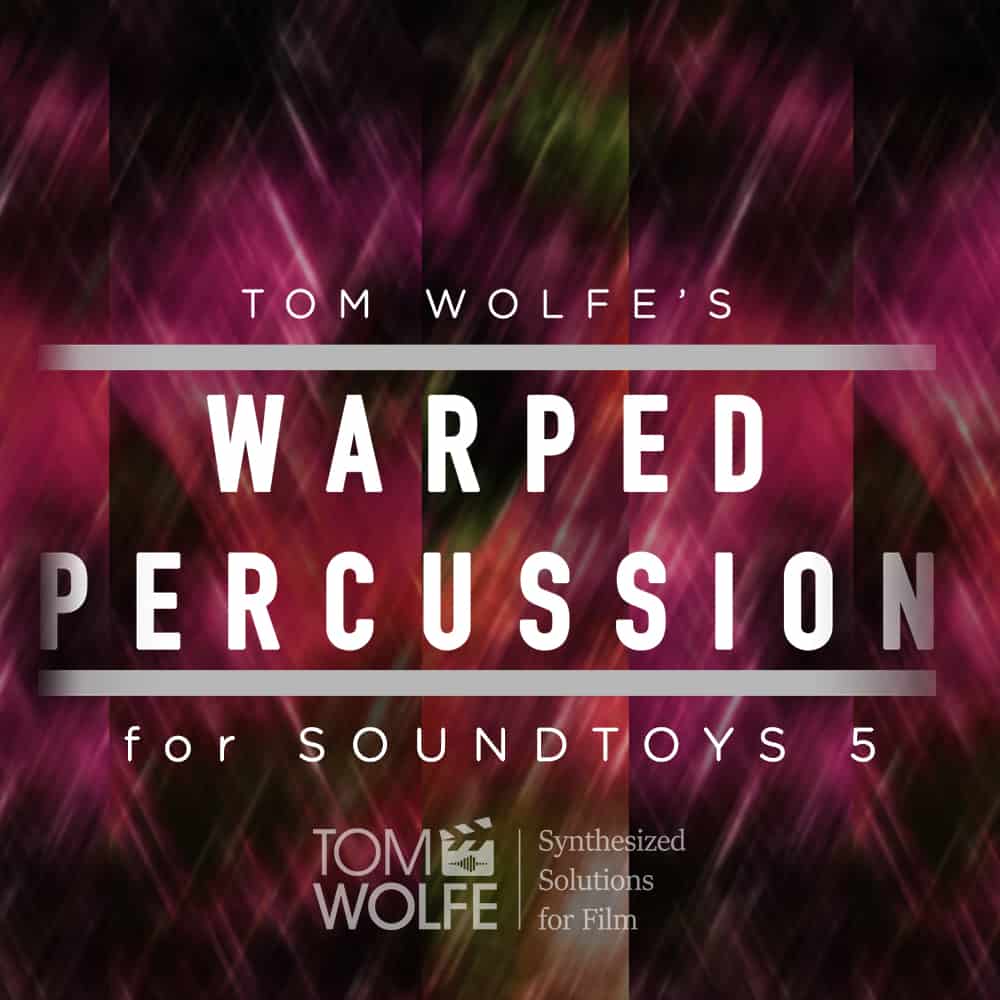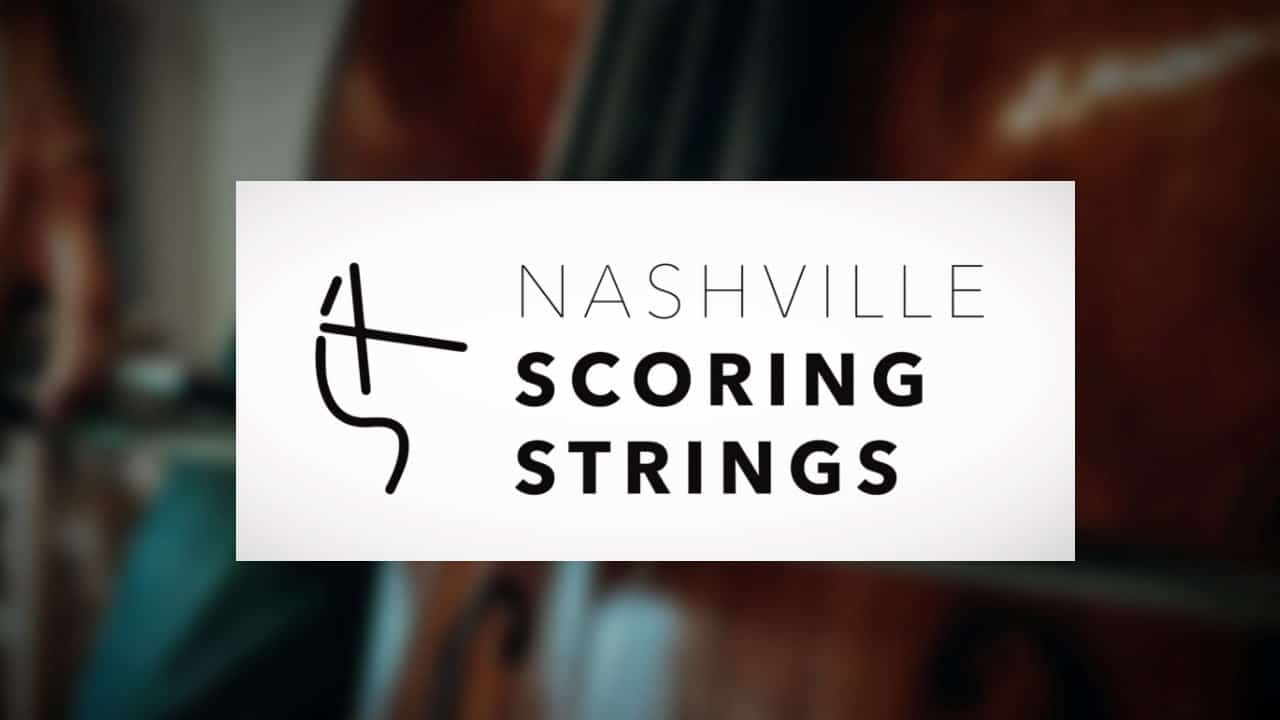Interested in pursuing a career as a sound designer? Then this article is tailored for you. We’ll delve into the journey of becoming a sound designer, highlighting the essential skills and abilities required for success in the realm of audio production.
Additionally, we’ll discuss how to gain experience and unlock your potential as a professional sound designer. With these tips and tricks, you can be well on your way toward achieving success as an audio specialist!
Table of contents: How do you become a sound designer
- Uncovering the Path to Becoming a Sound Designer
- Exploring the Necessary Skills for Sound Design
- Developing Your Talent in Audio Production
- Gaining Experience: What You Need to Know
- Unlocking Your Potential as a Professional Sound Designer
Sound design is an essential part of the production process for any audio-visual project. It involves creating, manipulating and mixing sound elements to create a desired effect or atmosphere. To become a successful sound designer, you need to have a good understanding of both music and technology as well as creative problem-solving skills. Here are some tips on how to get started in this field:
1) Learn the Basics: Before you can start designing sounds, you must understand the basics of sound engineering and production. This includes learning about microphones, signal flow, EQing (equalizing), compression and other technical aspects related to audio engineering. You should also familiarize yourself with different types of software used for sound design such as Pro Tools or Logic Pro X so that you can use them effectively when needed in your projects.
2) Develop Your Skillset: Once you have learned the basics of sound design, it’s time to hone your skills by regularly practicing with various tools available at your disposal such as synthesizers or samplers, etc.; experimenting with different sounds will help develop your creativity which is key when creating unique effects for any given project.

3) Network & Get Experience: As with most fields related to media production these days, networking plays a vital role if one wants success in their chosen career path; make sure that people know who you are and what services/skillsets do offer by attending events related industry like film festivals etc., Also try getting involved in small projects either online or locally where ever possible so that potential employers can see examples of work done by yourself first hand before offering employment opportunities later down line.
4) Stay Up To Date With Trends & Technology: The world moves fast, especially within the media industry; new trends come up all time while existing ones fade away quickly too! Therefore it’s very important to stay updated latest technologies being used within the field alongside current trends happening around us otherwise risk falling behind the competition due to lack of knowledge/experience required complete certain tasks efficiently.
5) Be Passionate About What You Do: Last but not least be passionate about what do because without passion there is no drive to succeed long-term basis; having enthusiasm towards craft will help push boundaries further than ever before, allowing reach heights never thought possible!
Uncovering the Path to Becoming a Sound Designer
The path to becoming a sound designer is an exciting and rewarding journey. Anyone can become a successful sound designer with the right combination of technical knowledge, creative skills, and passion for audio production.
To get started on your journey to becoming a sound designer, it’s important to understand the basics of audio engineering. This includes learning about recording techniques such as microphone placement and signal flow; understanding how different types of equipment work together; mastering digital audio software; and developing an ear for recognizing sounds that will create the desired effect in any given project.
Once you have acquired this fundamental skillset, you can move onto more specialized areas such as music composition or Foley design – both are essential components of creating compelling sonic landscapes in film or video games.
It’s also important to develop good communication skills so that you can effectively collaborate with other members of your team when working on projects together.
Finally, having experience with various types of media platforms is key if you want to produce high-quality work no matter what type of project comes your way – whether it’s television commercials or feature films!
Developing this expertise requires practice but also staying up-to-date with new technologies as they emerge in order to stay ahead in this ever-evolving industry. It is important to seek out opportunities for professional development and networking within the industry to ensure that one is always learning and adapting to new trends. Additionally, staying informed about user opinions on ZOTAC RTX 3090 and other popular technologies can provide valuable insight into what products and features are resonating with consumers. This knowledge can help professionals make informed decisions about which skills and technologies to prioritize in their own development.
By following these steps and honing your craft through hard work and dedication over time – there’s no limit to what kind of success one can achieve within the field!
Exploring the Necessary Skills for Sound Design
Sound design is an essential part of the audio production process. It requires a combination of technical and creative skills to create soundscapes that evoke emotion, set the tone for a scene, or add depth to your project. To become a successful sound designer, you must have an understanding of both music theory and technology and knowledge in areas such as acoustics and psychoacoustic.
First off, it’s important to understand the basics of music theory, including scales, chords, intervals and rhythm. This will help you create musical elements, such as melodies or harmonic progressions, within your sound design work.
Additionally having knowledge in recording techniques can be beneficial when capturing sounds from real-world sources like instruments or nature recordings which can then be manipulated further using digital tools like synthesizers or samplers.
You should also familiarise yourself with different types of microphones so that you know how best to capture certain sounds depending on their source material; this could range from dynamic mics for loud sources such as drums to condenser mics for more subtle sounds like acoustic guitar strings being plucked gently by hand.

Furthermore having experience with various software packages used in audio production will give you greater flexibility when working on projects – whether it’s manipulating samples using Ableton Live or mixing tracks inside Pro Tools.
Finally, gaining an understanding of acoustics (the science behind how we perceive sound) is key if you want your mixes to sound professional – this includes learning about concepts such as frequency response curves, reverberation time, phase cancellation, etc…
All these topics are covered extensively online so there are plenty resources available if needed!
Overall becoming a successful sound designer requires dedication but once mastered it can open up many opportunities within the industry – just remember practice makes perfect!
Developing Your Talent in Audio Production
If you want to become a successful sound designer, developing your talent in audio production is essential. Audio production involves the manipulation of sound and music to create an auditory experience that can be used for various purposes such as film, television, radio or video games. It requires a high level of technical skill and creativity in order to produce quality results.
The first step towards becoming a great sound designer is learning the basics of audio production. This includes understanding how different types of equipment work together and what techniques are necessary for producing effective sounds. You should also familiarize yourself with recording software such as Pro Tools or Logic Pro X so that you can start creating your own projects right away.
Once you have mastered these fundamentals, it’s time to move on to more advanced topics like mixing and mastering which will help refine your skills even further.

It’s also important that aspiring sound designers stay up-to-date with industry trends by reading blogs from experienced professionals or attending workshops hosted by experts in the field who can provide valuable insight into current practices within audio engineering and design principles.
Additionally, listening critically to other people’s work will give you ideas about how best to approach certain tasks when working on your own projects – this could include analyzing EQ settings used during mixing sessions or studying compression techniques utilized during mastering processes.
Finally , don’t forget practice makes perfect! As with any craft , honing one’s skills takes time – but if done correctly it will pay off immensely when it comes time for job opportunities down the line. So make sure not only do research but get hands-on experience whenever possible !
Gaining Experience: What You Need to Know
Gaining experience is an essential part of becoming a sound designer. Understanding the basics and having a good foundation in audio engineering is important, but having hands-on experience with real-world projects is invaluable. Whether you’re just starting out or looking to expand your skillset, here are some tips for gaining the necessary experience:
1. Internships – Internships are great ways to gain practical knowledge and build your portfolio while getting paid (or at least receiving college credit). Look for internships that offer hands-on opportunities such as recording sessions or mixing projects so you can get direct feedback from experienced professionals.
2. Networking – Get involved in local music scenes by attending shows and connecting with other musicians, producers, engineers, etc., who may be able to provide valuable advice or even job opportunities down the line.
3. Online Communities – Joining online communities like Sound Design Stack Exchange can help you stay up-to-date on industry trends and connect with other sound designers around the world who may be willing to share their expertise or collaborate on projects together remotely!
4. Portfolio Building – Start building your own portfolio of work by creating sample tracks using software like Ableton Live Suite or Pro Tools HDX; this will give potential employers an idea of what kind of sounds you’re capable of producing when given access to professional equipment/software suites!
Gaining experience is key if you want to become a successful sound designer; make sure that whatever route(s)you take towards gaining it aligns with your long-term goals as well as short-term objectives so that every step forward helps propel your career further ahead!
Unlocking Your Potential as a Professional Sound Designer
As a professional sound designer, unlocking your potential is key to success. To reach the highest level of performance in this field, you must be willing to push yourself and take risks. It’s important to stay up-to-date on the latest technology and trends in sound design so that you can create innovative solutions for any project.
Additionally, you must understand how audio works within various mediums such as film, television and video games.
Becoming a successful sound designer requires dedication and hard work but also creativity and imagination. You need to develop an ear for detail when listening to recordings or creating new sounds from scratch; identifying subtle nuances will help make your work stand out from the rest.
Furthermore, having good communication skills is paramount when working with clients or other professionals in order to ensure everyone’s expectations are met throughout the process of creating great sounding projects together!
Finally, don’t forget about networking – attending industry events or joining online forums are great ways of connecting with like-minded people who may be able to provide valuable advice or even job opportunities down the line! With these tips in mind there’s no limit as what you can achieve as a professional sound designer – unlock your potential today!










